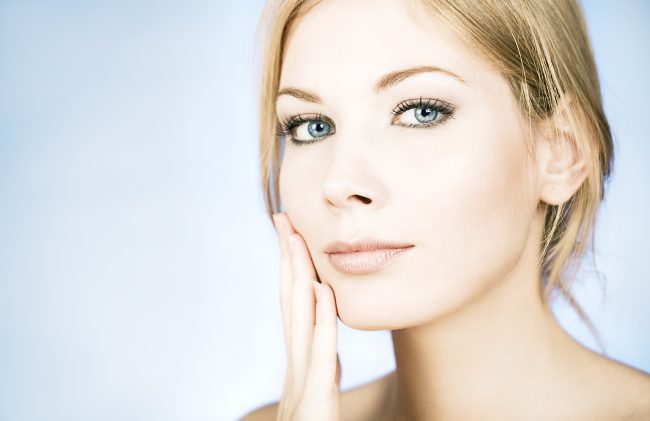
If you had clear skin throughout your youth, you might be surprised if you start to experience cystic acne in your forties. The condition that tends to strike after 40 has different causes than the spots experienced by adolescents, but the first reaction for many people is to dash to Boots and stock up on cleansers, astringents, and special moisturizers to try to put a stop it. Unfortunately, this strategy does not work on the blemishes that are the common result of the stress and hormonal changes that typically occur later in life.
Here are the adult acne treatments that will work, however.
When To See The Doctor
Women’s hormones are constantly changing, and even if you are not in menopause but have passed your late 30s, you could experience changes that cause overproduction of oil in the skin. Also, as we age the rate of cell turnover in our skin goes down. These two forces can combine to inflame hair follicles deep under the skin. The result is cysts that can be quite painful, usually occurring on the chin and along the jawline.
Over-the-counter products such as benzoyl peroxide ointments are not effective at clearing up this type of infection, so a dermatologist’s eye is needed here. Although they are not always visible on the surface, these blemishes can cause hyperpigmentation and even scarring, so you’ll want to take steps as soon as you start experiencing them. Depending on the severity of your cystic acne, a doctor will usually recommend one of three types of treatments.
- Topical treatments: The first line of defence is the commonly prescribed combination of Retin-A (also known as trentinoin) and a topical antibiotic. You might also use a benzoyl peroxide cleansing cream. Used consistently, these products together will mitigate the breakouts and their severity for many women. The trentinoin helps skin shed its cells more quickly, allowing the antibiotic to get in and do its job.
- Laser therapy: Persistent infections need a treatment that gets down well below the surface. Laser therapy, which uses pulsed blue light, kills the bacteria causing the cysts at the source. It is fast, safe, and long lasting and does not require a prescription. The downside is that this treatment is not covered by the NHS.
- Oral medications: Your GP can prescribe oral antibiotics for stubborn or severe cases and, as a last resort, a drug called Roaccutane. The latter can be used only under medical supervision and comes with very strict parameters for women of childbearing age, as it can result in severe, life-threatening birth defects. Users can also experience uncomfortable side effects, as well.
If you are over the age of 40 and begin to experience cystic acne and blemishes, remember two things: consult a skin specialist or your doctor, and don’t try to treat your skin with harsh products designed for adolescents.



